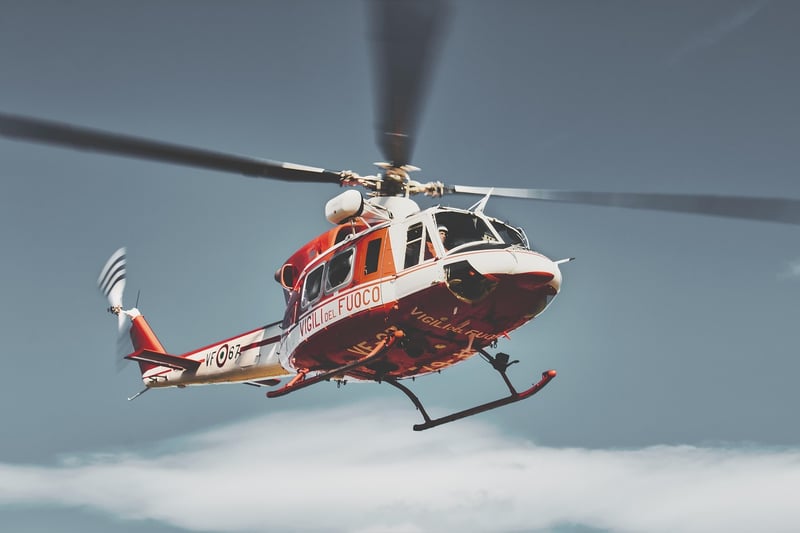Emergency Protocols
#Radiation Protection
#Emergency Response
#Space Health
Ensuring a Secure Journey + Emergency Protocols
Introduction
Traveling can be a rewarding experience, but ensuring your safety and security during your journey is paramount. This article provides essential tips for a secure trip and outlines emergency protocols to help you stay prepared for any unexpected situation.
Secure Journey Tips
- Research your destination: Familiarize yourself with the local customs, laws, and potential risks of the place you are visiting.
- Share your itinerary: Inform a trusted individual about your travel plans, including your accommodation details and contact information.
- Stay connected: Keep your phone charged and have important contacts saved, including local emergency numbers.
- Use secure transportation: Opt for licensed taxi services or reputable car rental companies to ensure safe travels.
- Keep your belongings secure: Use anti-theft bags, hotel safes, and avoid displaying expensive items in public.
Emergency Protocols
Despite taking precautions, emergencies can happen. It's essential to know what to do in such situations:
- Medical Emergency: Seek medical help immediately. Keep a first aid kit handy and know the location of the nearest hospital.
- Natural Disasters: Follow local authorities' instructions. Be aware of evacuation routes and safe shelters.
- Lost or Stolen Items: Report to local authorities and your embassy or consulate. Keep copies of important documents in a separate place.
- Personal Safety: Trust your instincts and seek help from law enforcement or embassy officials if you feel threatened.
Conclusion
By following these secure journey tips and being aware of emergency protocols, you can enhance your travel experience and ensure your safety throughout your trip. Remember, preparedness is key to handling unforeseen circumstances effectively.


For more travel tips and safety guidelines, visit Travel.State.Gov.
